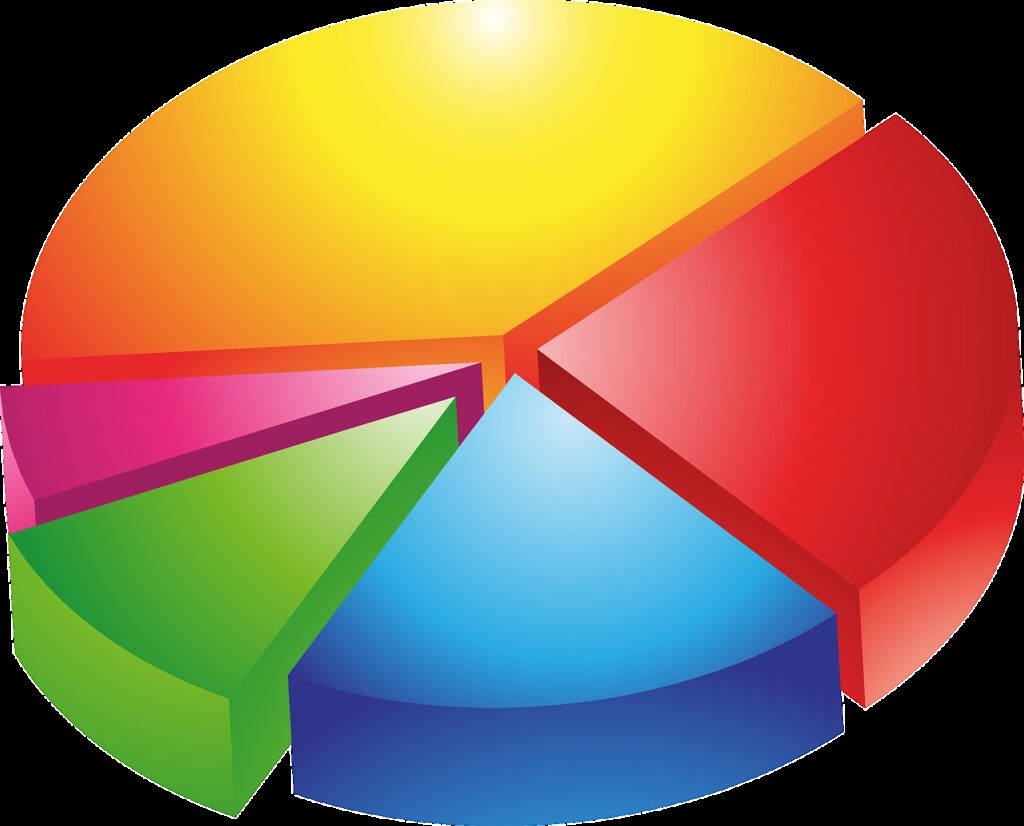Learn Business English - Graphs and Charts
Graphs and charts provide great value. Graphics are typically used to better represent a set of results or patterns and help improve the presentation of a study.
Do we need it?
"Walk into almost any business meeting and you'll see one of these talked about at some point. What is it? It's either a graph or a chart describing something about the business." - Yuanxin (Amy) Yang Alcocer

Learn Business English with one-to-one Skype Sessions. Practise your business English by talking to me. Practise your reading, listening, and speaking. Let’s have a live job interview practice based on your own CV. Use these Skype sessions for any item you feel that you need to pay attention to. Before the session submit the CV or details of what you want to discuss to me to study and prepare for the session. One session is 45 minutes long.
Exercise 3 - The Answers
• Look at the chart on the PDF.
• Decide which month or months (A-H) each of the following sentences describes.
• You can use each letter more than once.
1. In these two months, excess spending on materials was the same as the previous month. C and H
2. In this month, excess spending on materials reached its best level before starting to rise again. F
3. In this month, the gap between excess spending on materials and on overheads was at its widest, with overheads achieving their best figure of the period. D
4. In this month, excess spending on overheads overtook the figure for labour. G (NB: although the sentence is also true of the month after H, the instructions indicate that the answers must be A-H.)
5. In these two months, excess spending on overheads dipped, while the figure for labour rose. D and
F
Exercise 4 - The Answers
• Look at the chart on the PDF.
• For each sentence 1-5, write in the brackets which months the sentence describes at that point. At the end of the sentence there will only be one month, which is the answer.
• You can use each letter more than once.
Example:
There was a decline in excess spending on overheads (DFH), and a continued reduction in the figure for materials (F).
1. Excess spending on materials and labour were far greater than on overheads (ABCD), although only the figure for labour remained constant the following month (A).
2. The amount for labour fell (CEGH), while the figures for materials and overheads were unchanged on the previous month (C).
3. This month saw an increase in excess spending on labour (DF), although there was a slight improvement in the following month (F).
4. In this month the amount for materials remained steady (CH), while for overheads there was an improvement in the figures (H).
5. Excess spending on materials dropped this month (BEF), while overheads showed an increase (BE), both reaching a figure which was equalled in the following month (B).

